A habitat designed for wildlife: Ash Wood
Ash Wood is a perfect habitat for wildlife and there are cameras hidden throughout the area so I can monitor how the wildlife responds to this location.
From a bank of live screens next to my painting easel, I can see the comings and goings of little owls, kestrels, tawny owls and more. There's even a camera on the pond and on a path where I can keep track of badger, deer, hedgehogs and more.
I share this camera stream so you too can keep an eye on the animals of Ash Wood .
Why I chose to design a wildlife habitat in Ash Wood
I have long been aware that this old ash wood had the potential to be a haven for wildlife. Buzzards would nest there and I'd seen little owls flitting through the trees and a worn animal track running through the wood told me badgers and roe deer often visited. So, in 2021, I set about improving the habitat with a pond and bird boxes to attract more wildlife.
I began with the pond. Thixendale is a typical Yorkshire Wolds dry, chalk valley and there are few natural water sources here. I knew that if I provided water, the wildlife would visit more regularly. With the pond in situ, I then spent some time working out where to place a camera so that I could monitor my progress. A roe deer helped with this. After stepping quietly up to drink from the pond, it stood up straight and I saw that its head was out of shot. Now I knew to change the angle of the camera for future wildlife visitors.
Nest boxes
Next, I spent weeks in my workshop building nesting boxes for tawny owls, kestrels, barn owls, and a pair of little owls- all species I had seen in the woodland and hoped to encourage to nest here. Each box was bespoke, designed specifically to suit the needs of each species, and made from old tree stumps or branches so that they looked as natural as possible. Inside each, I also hid cameras for my live streams, again making monitoring and adjustments possible.
As I completed each bird box, I hoisted it into position, choosing different locations according to each species’ habits. This was no easy feat. My little owl box, for instance, weighed 150ks and I had to winch it up using my car. But it was in the perfect spot in the fork of an ash tree and sheltered from the wind. I was very excited, when just two days after placing the little owl box into position, a male little owl arrived to inspect it.
A habitat for little owls
Little owls prefer open habitats and I had placed this one on the fringe of ash wood where it could keep an eye out for tawny owls or other larger birds of prey that could attack. As it turned out, this particular little owl is very feisty and I need not have worried about its ability to defend itself. Although it didn’t choose to nest in my box, my cameras caught it seeing off a kestrel that dared land on the ‘porch’ of the box. And this little owl also didn’t hesitate to attack a barn owl and the same kestrel when they explored another nest box I put up nearby.
Nest boxes for kestrels
I had built this second box in the hope of attracting a kestrel pair to nest in. Made from a huge hollow log, it sits in a majestic beech tree, the last in a line of three trees, the other two being ash trees, and accordingly named ‘Three Trees’. As planned, the young male kestrel was the first to investigate the box and took an immediate liking to it. I watched as he returned day after day. He even scraped out a hollow dent in the bottom of the box to nest in. But the young male was missing a mate and despite calling plaintively from the entrance of the nest box, no female appeared.
Instead, the little owl responded, making short shrift of the kestrel and dragging it from the nest box in one swift move. I was taken aback when I saw this on the live cameras. Little owls might be smaller than kestrels, but they really pack a punch! But despite winning the box, the little owl was unable to persuade its mate to move in and over the next few days, the box stayed empty - until a female barn owl turned up.
Adding a habitat for barn owls
This female barn owl was wearing an ID ring, and, after some investigation, it turned out I knew her. She was one of four rescued chicks I had fostered with wild owls in 2017. It was so exciting to see that she had survived and was now living back close to the place where she grew up. For a few days, it looked as though she was now the new owner of my box. Then the male kestrel came back with a mate, but when he discovered there was now a barn owl here he beat a hasty retreat. This seemed a shame since the kestrel had a mate and could go on to breed in a box where I would be able to follow the action, and the barn owl was alone.
More bird boxes
After witnessing the extreme competition for my Three Trees Box, I decided I needed even more boxes and returned to my studio to start work on a new box. Within days of placing this latest box, which I decided to name Ash Hollow since it is made from a large hollow ash trunk, the male kestrel was in it, this time with a new mate. Before long I noticed the male bring in a special treat for his new partner - a lizard which here on the Yorkshire Wolds are rare treats and a good sign that the pair may go on to nest.
And a design to attract tawny owls
Meanwhile, the female barn owl has returned to Three Trees, where I’ve been watching her sheltering from the recent rainstorms here at Thixendale. And as for the tawny owl, her nest box was the first to be completed at Ash Wood and so it seems fitting that it is the first to house a nesting pair of owls. Fashioned from a natural hollow within an existing ash tree, I have named it simply Ash Tree. Unlike the boxes made in my workshop, it was made by placing a piece of tree bark across the lower part of the opening. This means there is quite a steep ascent to the entrance of the box, which will make it safer for the tawny owl chicks once they hatch. These youngsters are notoriously adventurous and often try to hop out of the box before they can fly and I hope this will contain them until they are ready.

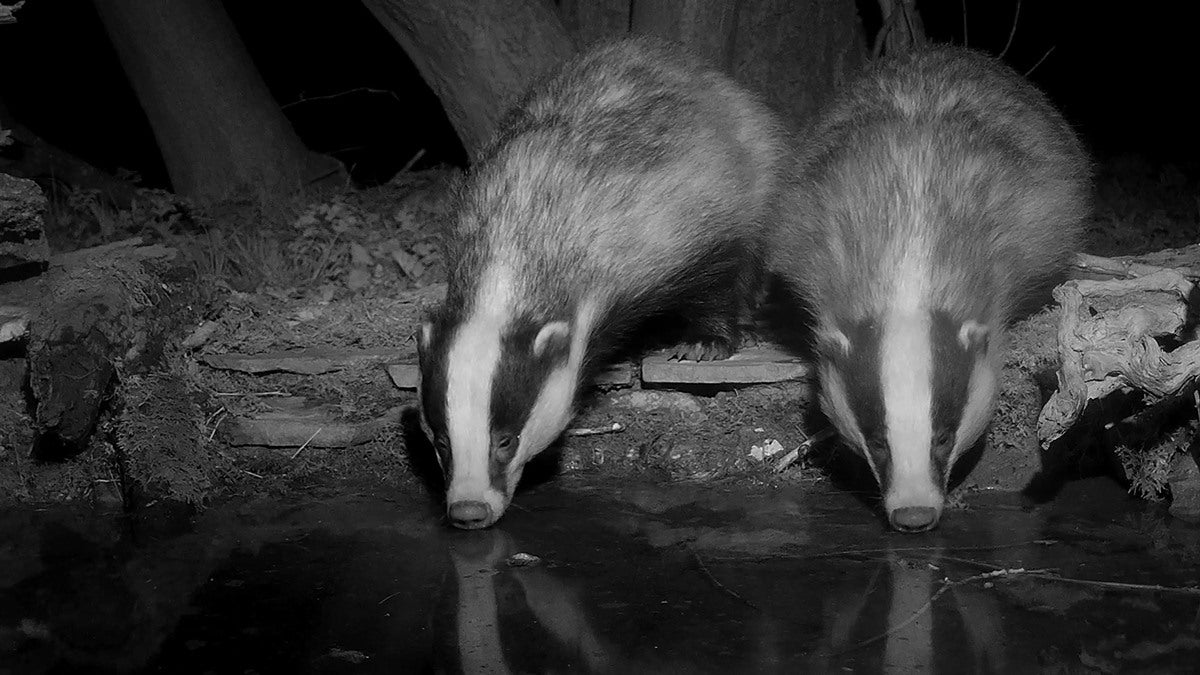













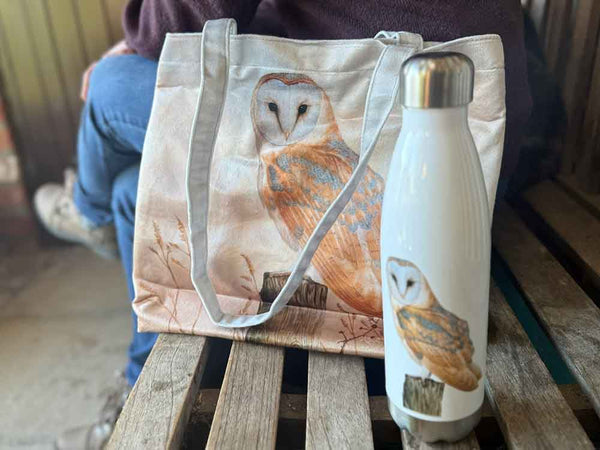
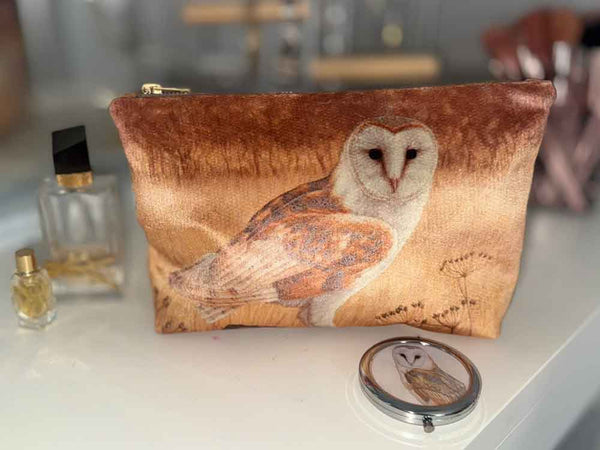
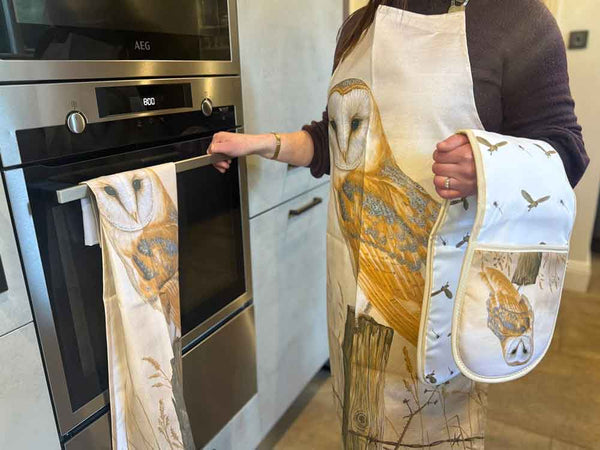
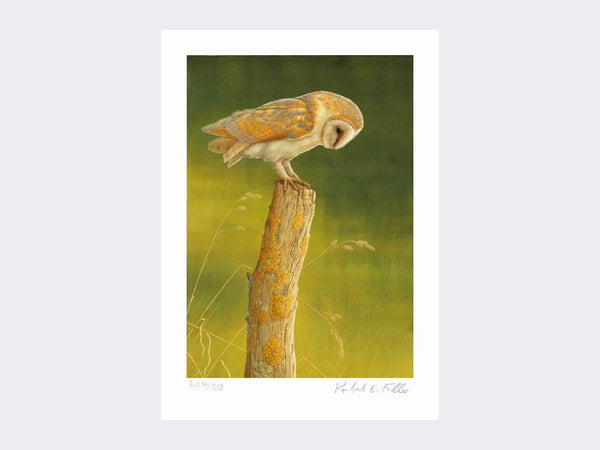
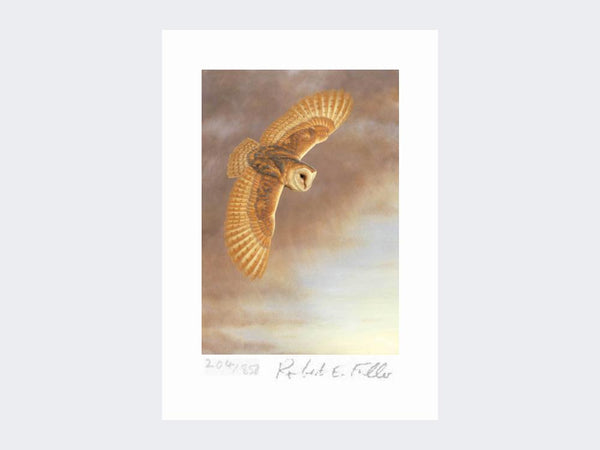
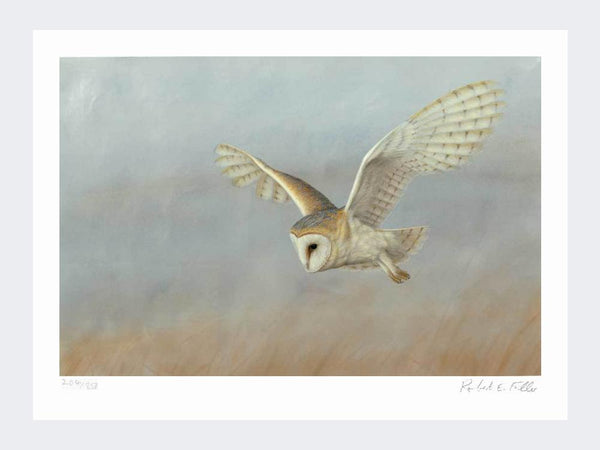
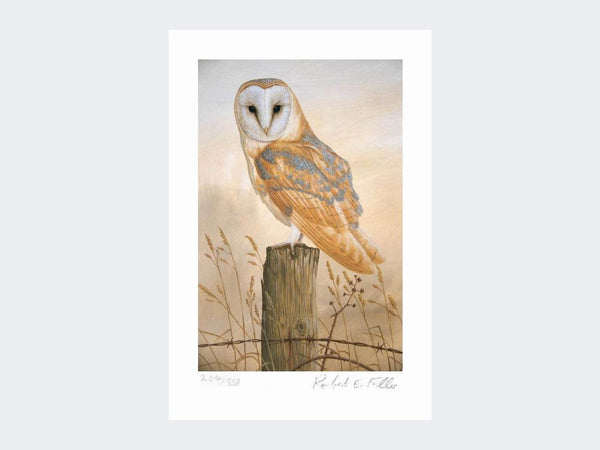
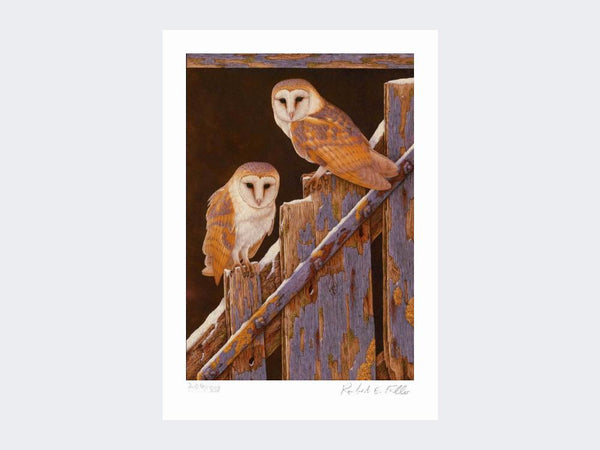
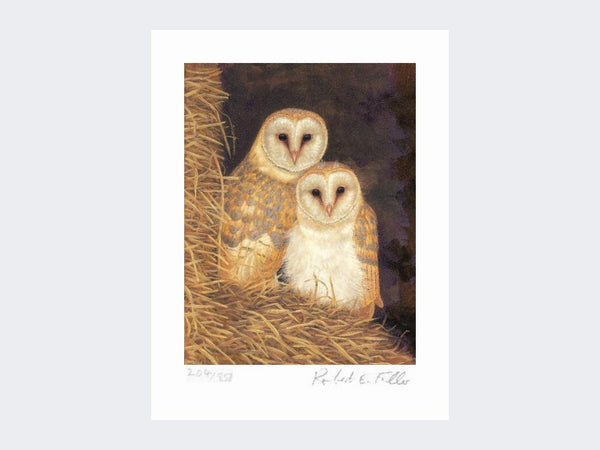
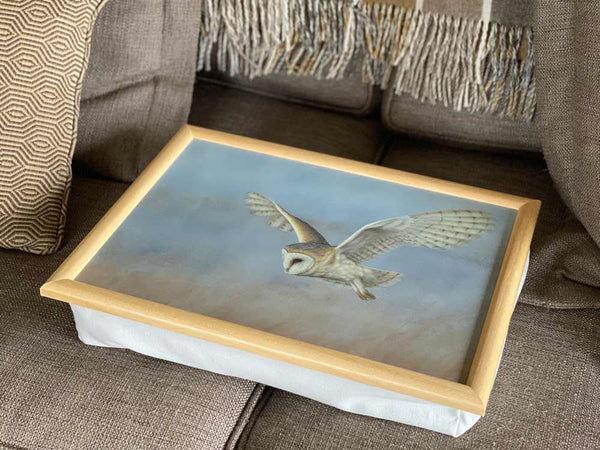

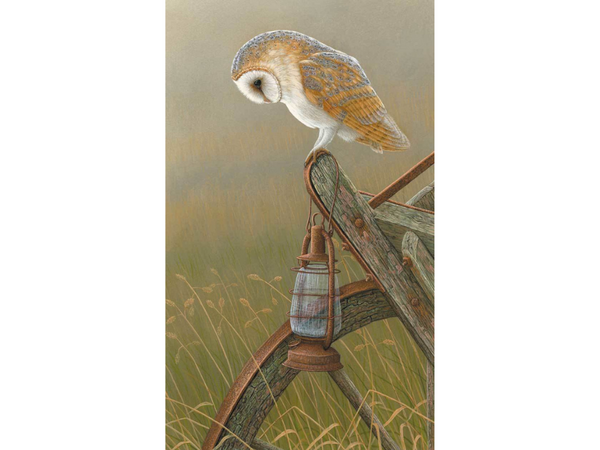

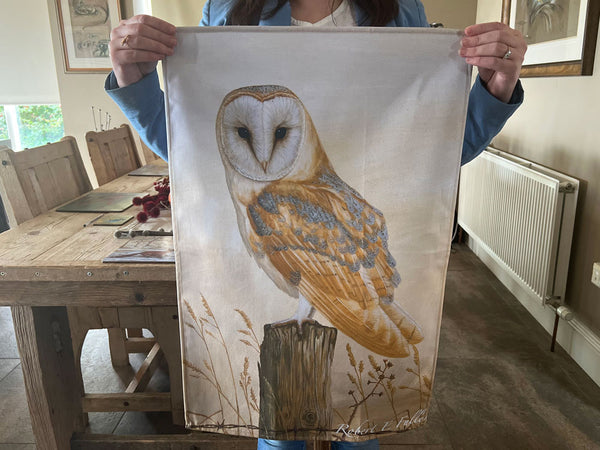

1 comment
So glad to hear that 3 trees is still part of Rob’s vocabulary after all these years.
We first met in 1997 and the work he does with his team for wildlife is truly phenomenal.
Patrick aka 33 & one turd…..!!